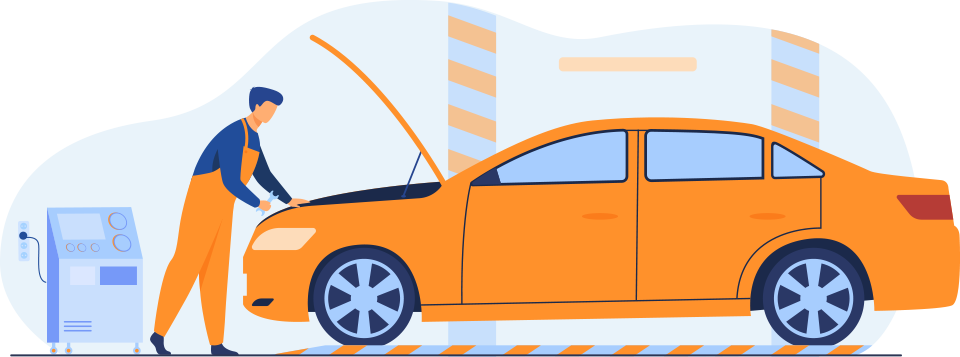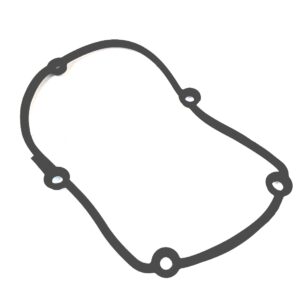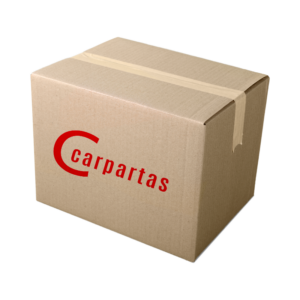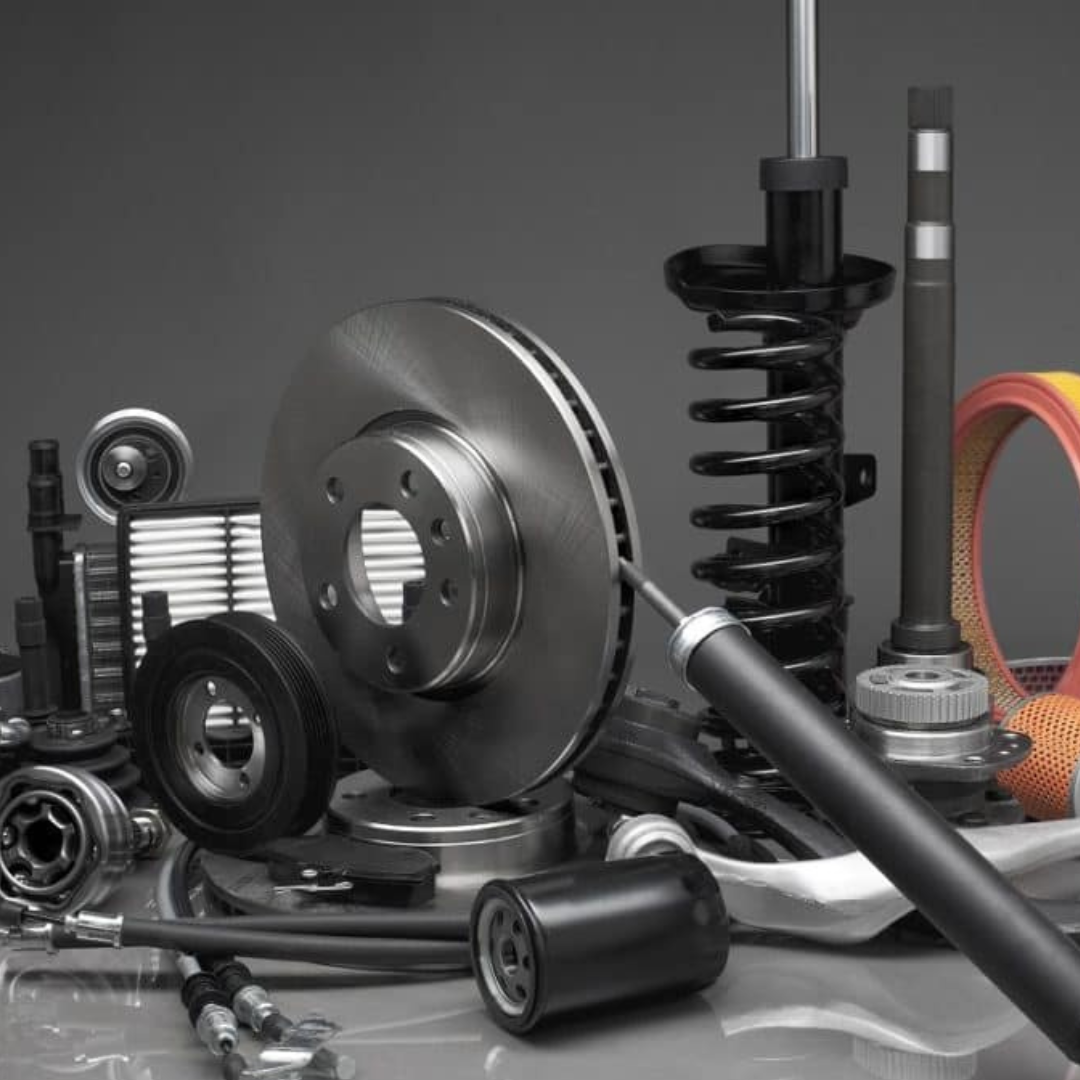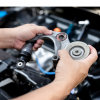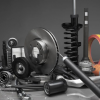OEM Parts vs. Aftermarket Parts: What’s the Difference?
When it comes to maintaining or repairing your vehicle, you may face the decision of using OEM Parts vs. Aftermarket Parts. This choice can significantly impact your car’s performance, longevity, and overall value. Understanding the differences and benefits of each can help you make informed decisions that best suit your needs and preferences.
Understanding OEM Parts
OEM parts, or Original Equipment Manufacturer parts, are components made by the original manufacturer of the vehicle. These parts are identical to those used in the production of the vehicle and are designed to fit and function perfectly with your car. OEM parts are typically available through the vehicle’s dealership network and are often branded with the car manufacturer’s name or logo.
Pros of OEM Parts
- Quality Assurance: OEM parts are designed specifically for your vehicle, ensuring a perfect fit and optimal performance. They meet the original manufacturer’s specifications and are often backed by a warranty.
- Easier to Choose: When you request an OEM part, you receive a specific, predetermined part without needing to assess the quality of different brands.
- Warranty: Most automakers back their OEM parts with a one-year warranty, and dealerships often stand by their labor as well.
Cons of OEM Parts vs Aftermarket parts
- Higher Cost: OEM parts usually cost more than aftermarket parts. This is especially true for bodywork, where OEM parts can cost significantly more.
- Limited Availability: OEM parts are typically purchased through dealerships, which can limit where and how quickly you can obtain them.
- Not Always Superior Quality: While OEM parts are designed to meet factory specifications, some aftermarket parts are engineered to improve upon the original design.
Understanding Aftermarket Parts
Aftermarket parts are made by third-party manufacturers and are designed to be compatible with a wide range of vehicles. When considering OEM Parts vs. Aftermarket Parts, it’s important to note that aftermarket parts are often more affordable and can be found in various auto parts stores or online.
Pros of Aftermarket Parts
- Cost-Effective: Aftermarket parts are generally less expensive than OEM parts, helping to reduce repair costs.
- Wide Variety: There are hundreds of companies that make aftermarket parts, providing a broad selection and a wide range of prices.
- Availability: Aftermarket parts are widely available from numerous retailers and online stores, often with faster shipping options.
Cons of Aftermarket Parts
- Quality Variation: The quality of aftermarket parts can vary greatly. Some use lower-quality materials, which may lead to faster wear and more frequent repairs.
- Overwhelming Selection: With so many options, choosing the right aftermarket part can be overwhelming, especially for those unfamiliar with the brands.
- Warranty Issues: Not all aftermarket parts come with a warranty, which can be a drawback if the part fails prematurely.
Choosing Between: OEM Parts vs. Aftermarket Parts
When deciding between OEM Parts vs. Aftermarket Parts, it’s essential to consider the specific needs of your vehicle and your personal preferences. Here are some guidelines to help you make the best choice:
- Collision Repairs: For collision repairs, OEM parts are often recommended to ensure proper fit and safety. Aftermarket body panels may not fit properly or have the necessary crumple zones for crash safety.
- Lease Vehicles: If you lease your car, using aftermarket parts may decrease the vehicle’s book value, potentially costing you part or all of your security deposit. OEM parts can help maintain the vehicle’s value.
- Insurance Considerations: Check with your insurance provider to see what parts they will cover. Some insurance companies favor aftermarket parts due to their lower cost, but you can request OEM parts, sometimes for an additional fee.
Benefits of Using OEM Parts for Specific Brands
- BMW: Ensures performance and precision.
- Mercedes-Benz (MB): Maintains luxury and reliability.
- Volkswagen (VW): Preserves consistency and durability.
- ŠKODA: Keeps value and efficiency intact.
- Volvo: Ensures safety and innovation.
- MINI: Retains unique design and experience.
- SEAT: Combines sportiness and practicality.
OEM Parts vs. Aftermarket Parts: Conclusion
The choice between OEM Parts vs. Aftermarket Parts depends on your familiarity with brands, the specific part needed, and whether you prioritize cost, quality, or convenience. For brands like BMW, Mercedes-Benz, Volkswagen, ŠKODA, Volvo, MINI, and SEAT, using OEM parts is often the best choice to ensure your vehicle continues to perform as intended, preserving its unique characteristics and value over time. However, informed use of high-quality aftermarket parts can also provide a cost-effective and reliable alternative for many repairs.

